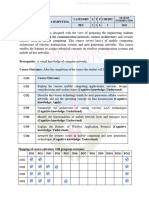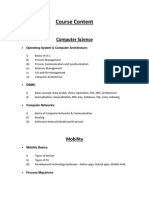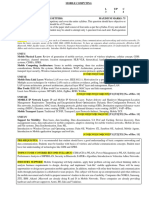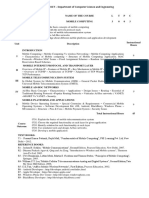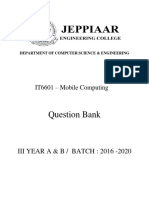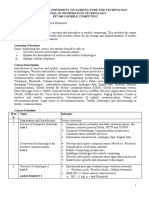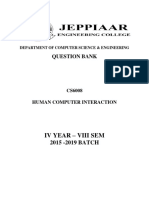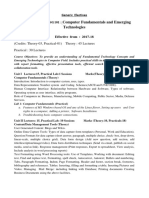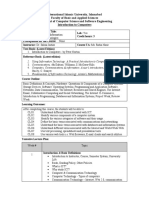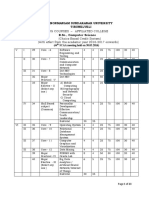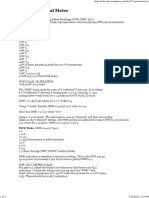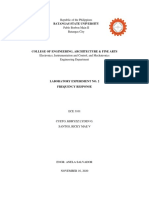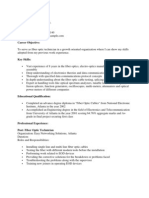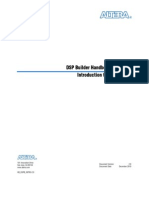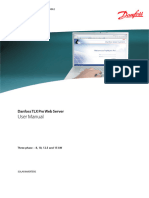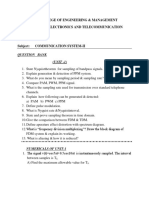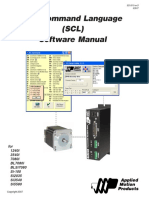----------------------------------------------------------------------------------------------------------------------------------------
SANT GADGE BABA AMRAVATI UNIVERSITY GAZETTE - 2022 - PART TWO - 208
----------------------------------------------------------------------------------------------------------------------------------------
NOTIFICATION
No. 64/2022 Date : 18 /06/2022
Subject : Implementation of new Syllabi of Semester VII & VIII of B.E. (Information Technology)
(C.B.C.S.) as per A.I.C.T.E. Model Curriculum.
It is notified for general information of all concerned that the authorities of the University have accepted to
implement new Syllabi of Semester VII & VIII of B.E. (Information Technology) (C.B.C.S.) as per A.I.C.T.E.
model curriculum to be implemented from the academic session 2022-23 onwards as per “Appendix – A” as given
below:
Sd/-
(Dr.T.R.Deshmukh)
Registrar
“Appendix A”
Syllabus of B.E. Semester VII & VIII [(Information Technology) (CBCS)]
7IT01 MOBILE COMPUTING
Course Objectives:
1. To introduce to basic concepts of Mobile Computing and Principals of cellular communication.
2. To familiarize different components, devices for mobile computing and understand wireless application
protocol.
3. Make students proficient in implementing mobile computing fundamentals using wireless scripting language.
4. To gain knowledge about open platform mobile development
5. To understand concept of distributed mobile computing.
6. Analyze different security issues in mobile computing
Course Outcomes: On completion of the course, the students will be able to-
1. Gain knowledge of basic concepts of Mobile Computing and Principals of cellular communication.
2. Understand different components, devices for mobile computing and understand wireless application
protocol
3. Able to implement different concepts of mobile computing fundamentals using wireless scripting language.
4. To develop ability for developing open platform mobile development.
5. Explore concepts of distributed mobile computing
6. Identify & understand different security issues in mobile computing.
Unit I: Wireless and Mobile architecture:
Principal of cellular communication. Overview 1G,2G,3G,4G and 5G technology. GSM Architecture and Mobility
management handoff management, network signaling. Mobile computing fundamental challenges, mobile device-
PDA and mobile OS, Palm OS, WinCE and Symbian.
Unit II: Mobile Infrastructure and Wireless Application Protocol (WAP):
Mobile device types, components, connection method. Mobile client application, Thin client, Fat client. wireless
application protocol gateways, implementing wireless enterprise wireless application protocol strategy.
Unit III: Fundamental of WML:
Writing and formatting text navigating between cards and decks, displaying images, tables using variables acquiring
user input. WML Script- Control structure, events, phone.com extension and usability.
Unit IV: Building reach user interface:
Open platform for mobile development, Android SDK features, developing for mobile devices and development
tools.
Unit V: Distributed Mobile Computing:
Distributed OS and file computing Mobile computing software, Pervasive computing, development strategies and
tools, Data Base management for Mobile computing.
Unit VI: Security: User to mobile Client security issues, mobile client security issues, Client server
communication security issues, existing web architecture and back end system security issues and case study.
Text Books:
1. UweHansmann,”Pervasive computing Hand book . The mobile world”, IEEE Publication 2002.
2. Raj Kamal, Mobile Computing, 2/e , Oxford University Press-New Delhi.
Reference Books:
1. Yi Bing L”Wireless and mobile network architecture”, John Wiley.
2. Valentino Lee; Heather Schneider; Robbie Schell, Mobile applications: Architecture, Design and
development, Prentice Hall April 16 2004.
3. Retro Meler, “Professional Andriod application development, John wiley and sons 2010.





